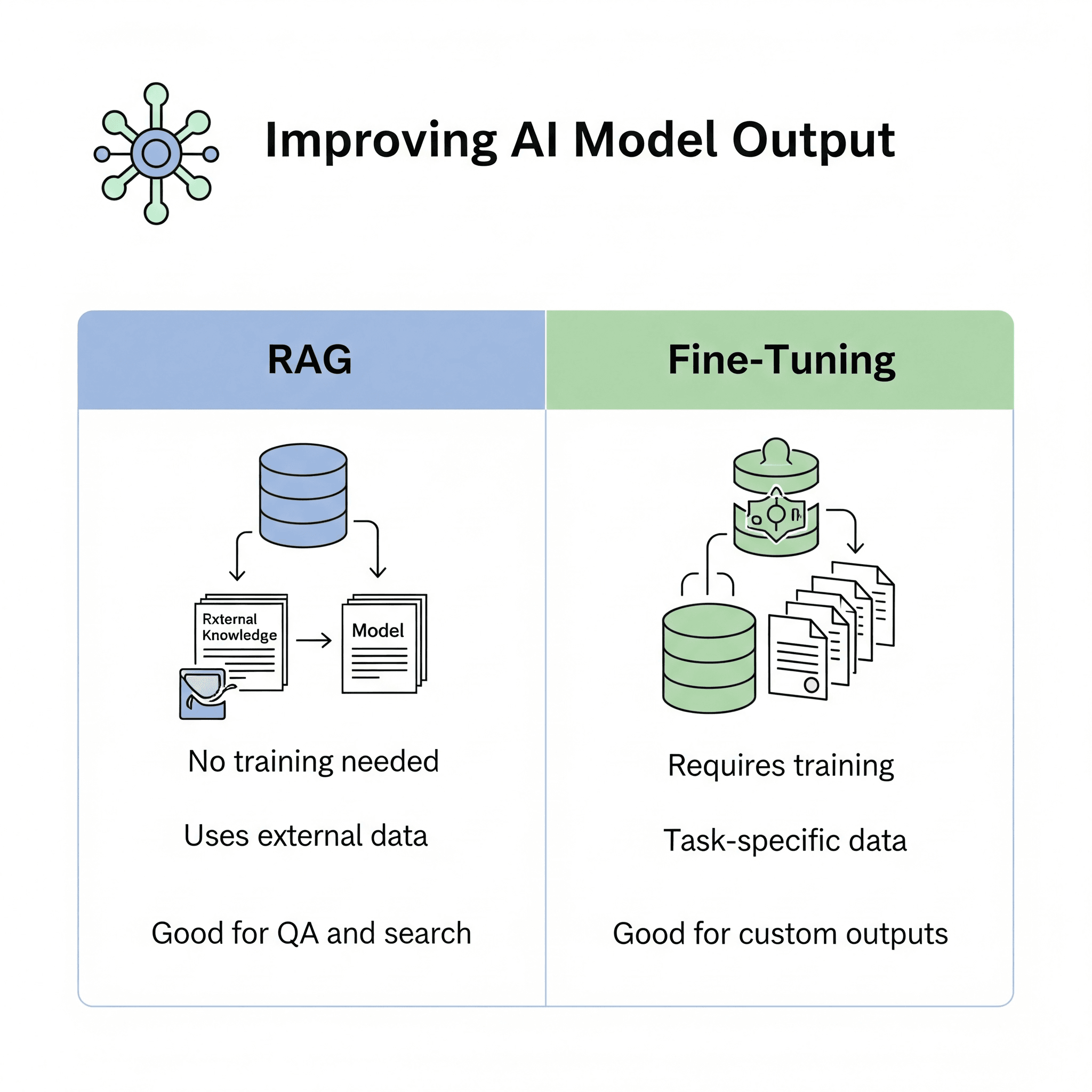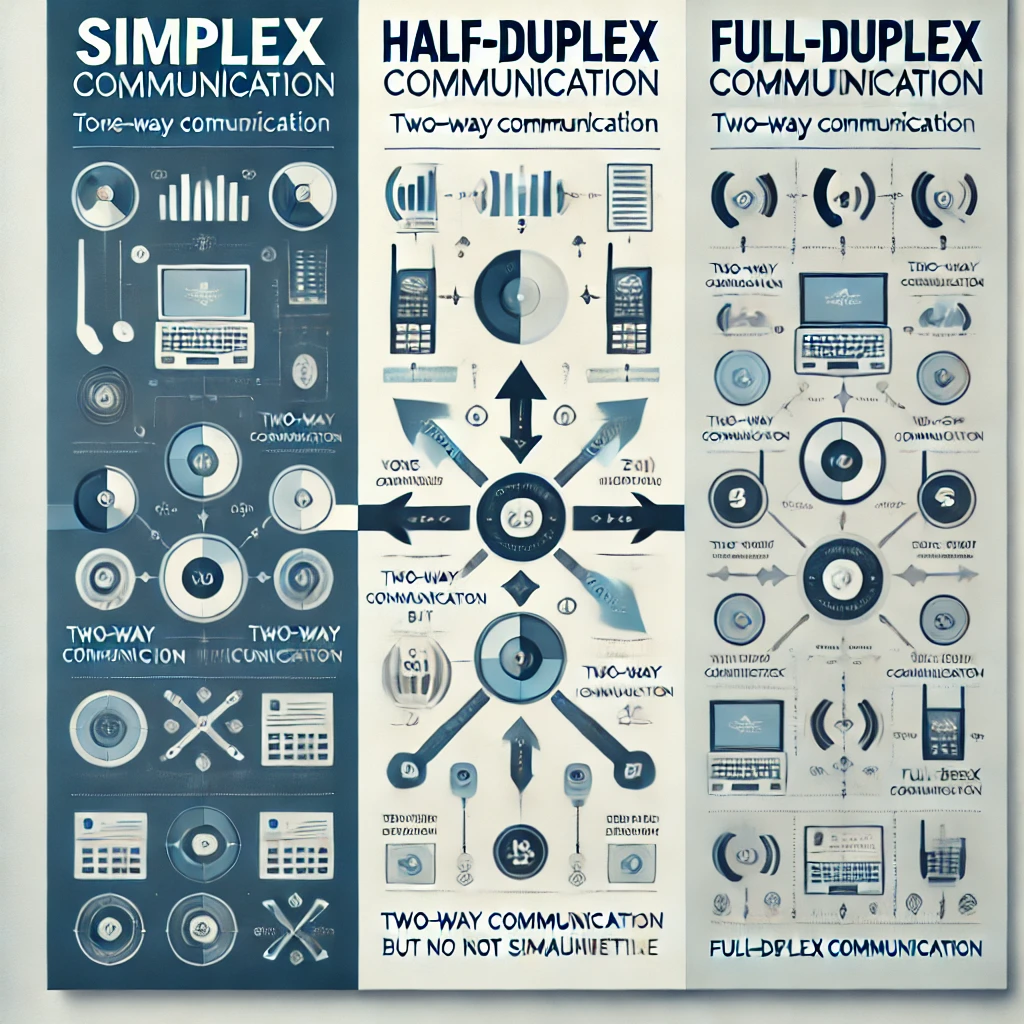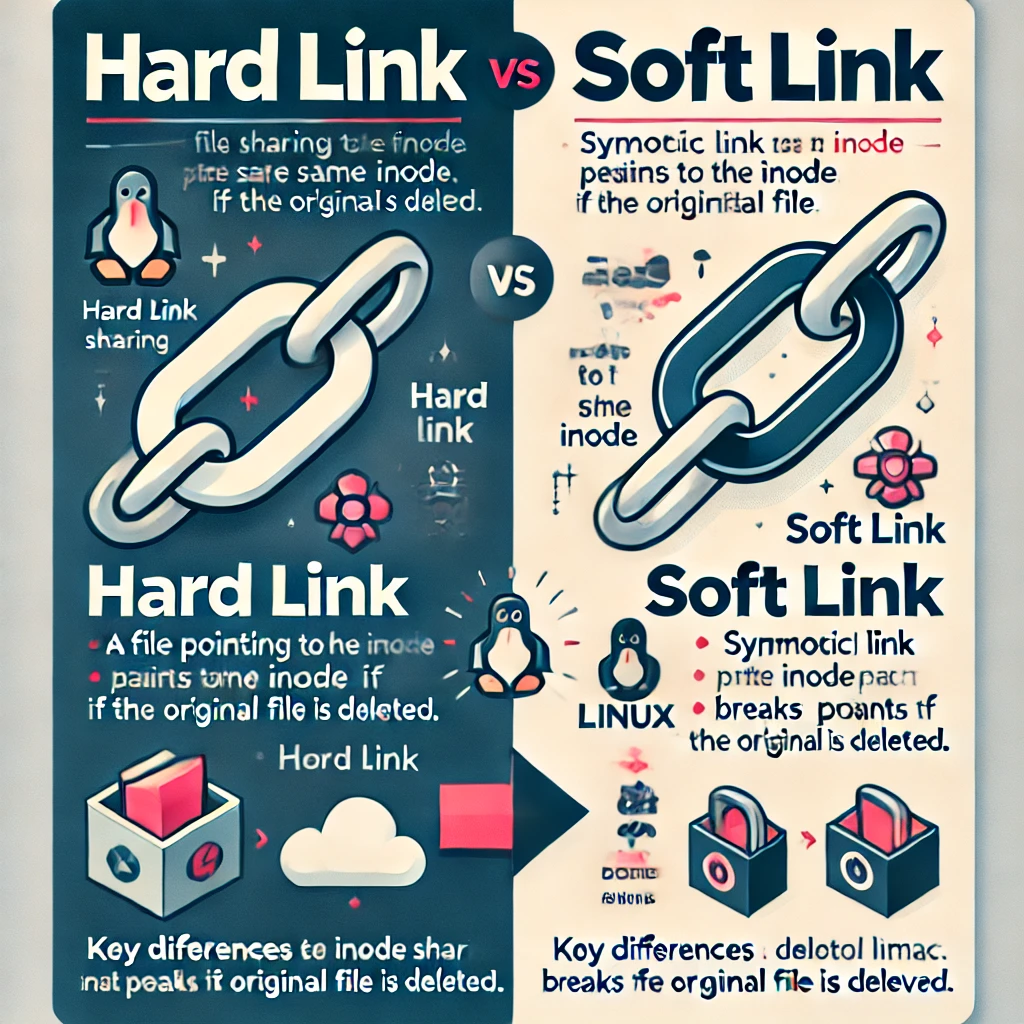In C programming, structure vs union represent two ways to group variables. Structures allocate separate memory for each member, allowing simultaneous access, while unions share memory among members, saving space but limiting simultaneous usage. This guide explains their key differences and practical use cases.
Structure | Union |
|---|---|
| struct keyword is used to define a structure | union keyword is used to define a union |
| In structure, each member get separate space in memory | Total memory space allocated is equal to the member with the largest size |
| All other members use its own memory space | All other members share the same memory space |
| All the members can be initialized while declaring the variable | The only first member can be initialized while declaring the variable |
| An individual member can be accessed at a time | Only one member can be accessed at a time |
| Syntax: struct [structure name] { member definition; member definition; … }; | Syntax: union [union name] { member definition; member definition; … }; |
| Example: struct demo { int integer; float x; } | Example: union demo{ int integer;{ float x;{ } |
<5>FAQs
What is a Structure?
A Structure in C/C++ lets you group variables of different types into a single unit. Each member stores its value in its own memory space, and you can access them independently.
What is a Union?
A Union in C/C++ lets multiple variables share the same memory location. It stores one member value at a time because all members overlap in memory.
What are the key differences between Structure and Union?
– **Memory Allocation:** In a Structure, each member occupies its own memory location. In a Union, all members share the same memory space.
– **Size:** A Structure’s size equals the total size of all its members. A Union’s size equals the size of its largest member.
– **Usage:** Use Structures to store multiple related values simultaneously. Use Unions to store one value at a time, saving memory.
– **Access:** Structures let you access all members independently. Unions allow access to only one member at a time since modifying one affects others.
What are the advantages of using a Structure?
– Structures let you group related variables of different types.
– Each member preserves its value independently in its own memory.
– Structures suit applications that need complex data models, such as records or objects.
What are the advantages of using a Union?
– Unions save memory by letting multiple variables share the same memory.
– Unions work best when only one value needs storage at a time.
– You can use Unions in embedded systems and other memory-constrained environments.
How do you declare a Structure in C?
struct Example {
int a;
float b;
char c;
};
How do you declare a Union in C?
union Example {
int a;
float b;
char c;
};
Which is better: Structure or Union?
Your choice depends on the use case. Use a Structure to store and access multiple values simultaneously. Use a Union to optimize memory when only one value is required at a time.





Thanks. 😉 Like and Share
It is very easy to learn and understand the structure and union from this difference very nice👍